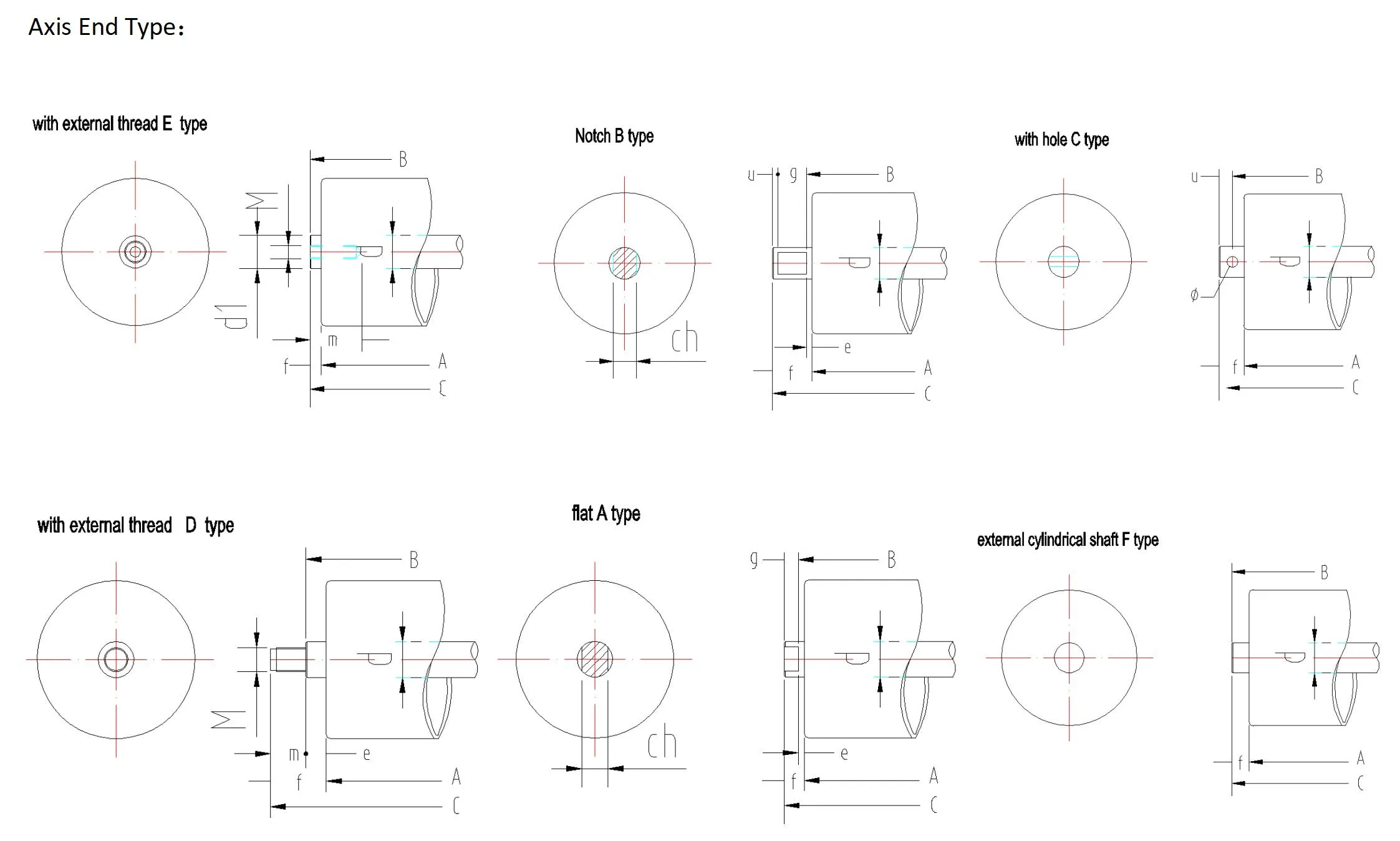 Afrikaans
Afrikaans  Albanian
Albanian  Amharic
Amharic  Arabic
Arabic  Armenian
Armenian  Azerbaijani
Azerbaijani  Basque
Basque  Belarusian
Belarusian  Bengali
Bengali  Bosnian
Bosnian  Bulgarian
Bulgarian  Catalan
Catalan  Cebuano
Cebuano  Corsican
Corsican  Croatian
Croatian  Czech
Czech  Danish
Danish  Dutch
Dutch  English
English  Esperanto
Esperanto  Estonian
Estonian  Finnish
Finnish  French
French  Frisian
Frisian  Galician
Galician  Georgian
Georgian  German
German  Greek
Greek  Gujarati
Gujarati  Haitian Creole
Haitian Creole  hausa
hausa  hawaiian
hawaiian  Hebrew
Hebrew  Hindi
Hindi  Miao
Miao  Hungarian
Hungarian  Icelandic
Icelandic  igbo
igbo  Indonesian
Indonesian  irish
irish  Italian
Italian  Japanese
Japanese  Javanese
Javanese  Kannada
Kannada  kazakh
kazakh  Khmer
Khmer  Rwandese
Rwandese  Korean
Korean  Kurdish
Kurdish  Kyrgyz
Kyrgyz  Lao
Lao  Latin
Latin  Latvian
Latvian  Lithuanian
Lithuanian  Luxembourgish
Luxembourgish  Macedonian
Macedonian  Malgashi
Malgashi  Malay
Malay  Malayalam
Malayalam  Maltese
Maltese  Maori
Maori  Marathi
Marathi  Mongolian
Mongolian  Myanmar
Myanmar  Nepali
Nepali  Norwegian
Norwegian  Norwegian
Norwegian  Occitan
Occitan  Pashto
Pashto  Persian
Persian  Polish
Polish  Portuguese
Portuguese  Punjabi
Punjabi  Romanian
Romanian  Russian
Russian  Samoan
Samoan  Scottish Gaelic
Scottish Gaelic  Serbian
Serbian  Sesotho
Sesotho  Shona
Shona  Sindhi
Sindhi  Sinhala
Sinhala  Slovak
Slovak  Slovenian
Slovenian  Somali
Somali  Spanish
Spanish  Sundanese
Sundanese  Swahili
Swahili  Swedish
Swedish  Tagalog
Tagalog  Tajik
Tajik  Tamil
Tamil  Tatar
Tatar  Telugu
Telugu  Thai
Thai  Turkish
Turkish  Turkmen
Turkmen  Ukrainian
Ukrainian  Urdu
Urdu  Uighur
Uighur  Uzbek
Uzbek  Vietnamese
Vietnamese  Welsh
Welsh  Bantu
Bantu  Yiddish
Yiddish  Yoruba
Yoruba  Zulu
Zulu Optimizing Conveyor Systems for Efficient Assembly Processes and Enhanced Productivity
The Importance of Conveyor Assembly in Modern Manufacturing
In the realm of modern manufacturing, efficiency and speed are paramount. One of the key components driving this efficiency is the conveyor assembly system. Conveyor systems are ubiquitous in various industries, from automotive to food production, and they play a crucial role in automating the movement of materials and products. Understanding the components, functions, and advantages of conveyor assembly systems is essential for businesses looking to enhance productivity and streamline their operations.
What is Conveyor Assembly?
Conveyor assembly refers to the integration of conveyor systems—mechanical devices that transport materials from one location to another within a manufacturing facility. These systems can take various forms, such as belt conveyors, roller conveyors, and chain conveyors, each suited for specific applications depending on the type of materials being handled and the desired speed of transport.
At its core, a conveyor assembly comprises several key components the conveyor belt or surface, drive motors, pulleys, and support structures. Depending on the complexity and scale of the operation, additional features such as sensors, control systems, and safety devices may also be integrated. Together, these elements work in harmony to move products seamlessly along the production line, minimizing manual labor and reducing the risk of injury.
Advantages of Conveyor Assembly Systems
1. Increased Efficiency One of the most significant benefits of conveyor assembly systems is their ability to enhance operational efficiency. By automating the transport of materials, manufacturers can significantly reduce the time and labor costs associated with manual handling. This allows workers to focus on more value-added activities, ultimately improving overall productivity.
2. Improved Safety Conveyor systems can mitigate the risks associated with manual lifting and carrying, which are common sources of workplace injuries. By utilizing conveyors, manufacturers can create safer work environments while also complying with safety regulations.
conveyor assembly

3. Consistency and Reliability Conveyor assemblies offer consistent performance and reliability. Unlike manual processes, conveyor systems do not tire, ensuring a steady flow of materials without interruptions. This consistency can lead to better quality control and fewer defects in the final products.
4. Versatility Conveyor systems are remarkably versatile. They can be designed to accommodate various materials, sizes, and shapes. Whether transporting heavy products in an automotive plant or lightweight containers in a food processing facility, conveyor assembly systems can be customized to meet specific operational needs.
5. Space Optimization Conveyor assemblies can be configured to fit within the existing layout of a manufacturing facility, thereby optimizing space utilization. By employing vertical conveyors, for example, companies can use vertical space, reducing their overall footprint and enhancing workflow.
Challenges and Considerations
While conveyor assembly systems offer numerous advantages, manufacturers must also consider the challenges associated with their implementation. Initial costs can be significant, particularly for complex systems, and there may be maintenance requirements over time. Additionally, businesses must ensure that their workforce is adequately trained to operate and maintain these systems effectively.
Moreover, as technology continues to advance, companies must stay abreast of the latest innovations in conveyor systems, such as IoT integration and automation, to remain competitive. These advancements enable real-time monitoring and control of conveyor operations, providing valuable data that can enhance decision-making processes and drive continuous improvement.
Conclusion
In conclusion, conveyor assembly systems are an integral part of modern manufacturing, providing essential benefits that enhance productivity, safety, and consistency. As industries continue to evolve, embracing automation and efficiency will be critical for businesses striving to maintain a competitive edge. By investing in state-of-the-art conveyor systems, manufacturers can not only optimize their operations but also pave the way for future growth and innovation. As such, understanding and appreciating the importance of conveyor assembly will remain a vital aspect of successful manufacturing practices well into the future.
-
Revolutionizing Conveyor Reliability with Advanced Rubber Lagging PulleysNewsJul.22,2025
-
Powering Precision and Durability with Expert Manufacturers of Conveyor ComponentsNewsJul.22,2025
-
Optimizing Conveyor Systems with Advanced Conveyor AccessoriesNewsJul.22,2025
-
Maximize Conveyor Efficiency with Quality Conveyor Idler PulleysNewsJul.22,2025
-
Future-Proof Your Conveyor System with High-Performance Polyurethane RollerNewsJul.22,2025
-
Driving Efficiency Forward with Quality Idlers and RollersNewsJul.22,2025





























